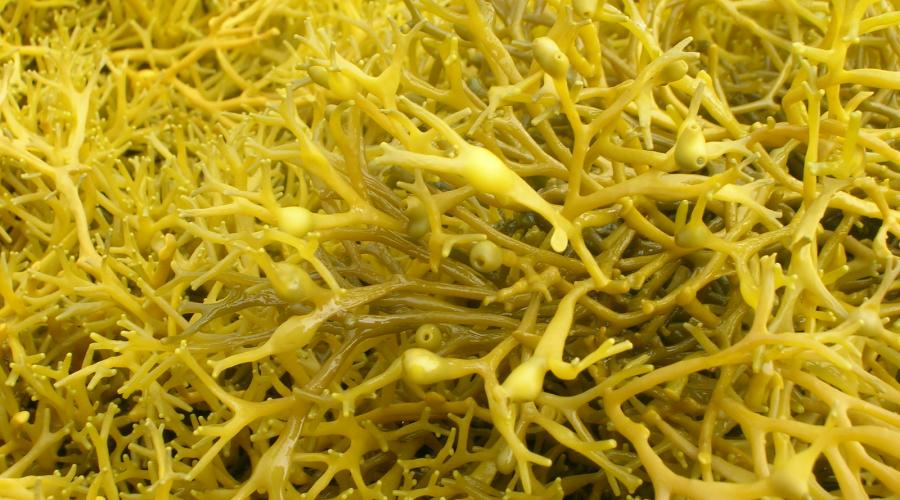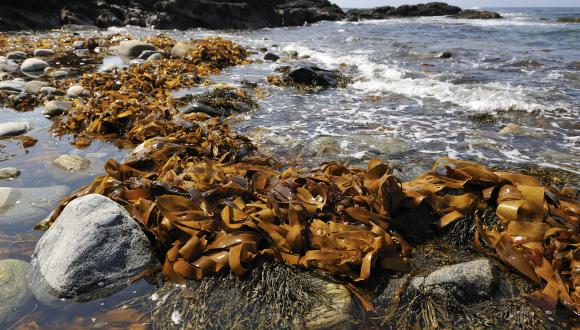
Sea loch egg wrack beds
Sea loch egg wrack beds are a Scottish speciality, forming only at the head of our fjordic sea lochs.
At low tide, an unusual sight appears on the very sheltered shores at the head of many west coast sea lochs. A carpet of unattached wrack – a brown seaweed, made up of hair-like tufts – lies over the shore.
Dense beds of this wrack, which turn golden-brown in summer, are one of the most distinctive features of our sea lochs. Because they’re uniquely Scottish, they are a high priority for our care.
As such, sea loch egg wrack beds are a priority marine feature in Scotland’s seas.
Information on where sea loch egg wrack beds are found is at Scotland’s National Marine Plan Interactive (NMPi).
A loose driftweed
Sea loch egg wrack doesn’t attach to rocks like most seaweeds do, but rolls with the gentle tides. The loose driftweed is actually an unattached form of a much more common seaweed known as egg wrack or knotted wrack (Ascophyllum nodosum).
'Wrack' is the common name for a range of brown seashore algae, and egg wrack is typical of these. Its long, strap-shaped frond has single egg-shaped bladders, which give the seaweed its name.
Egg wrack grows anchored to rocks on the seashore and is buoyed up to the sunlight by its air-filled bladders when the tide is in. But when broken-off fragments of egg wrack arrive in sheltered sea loch locations, they divide and multiply in a new form: Ascophyllum nodosum ecad mackaii.
Spiky and branching, with only a few, small bladders, ecad mackaii looks quite different to the parent seaweed.
Sea loch egg wrack only forms at places where seaweed fragments are covered alternately with brackish water and seawater as the tides rise and fall.
Feeding station and shelter
Carpets of sea loch egg wrack provide a feeding station, which benefits wading birds along the shore and fish brought in with the tide.
The loose mats of seaweed are a sheltered and humid habitat for various mid-shore animals that might not otherwise survive on an open shore of mud or fine shingle.
Animals that hide among the weed include:
- shore crabs
- sea snails
- amphipods (small crustaceans)
Protection of sea loch egg wrack beds
Sea loch egg wrack beds are a Priority Marine Feature, protected in locations around Scotland by a suite of Marine Protected Areas.
More information on the sites and how they are managed can be found at NatureScot’s Sitelink and on the Marine Scotland web pages for some sites. For a number of sites detailed survey and monitoring reports also exist.
Find out more
Learn more about sea loch egg wrack on the NBN Atlas Scotland website and in the Descriptions of Scottish Priority Marine Features (PMFs) - NatureScot Commissioned Report No. 406






